

Max Davies
How Audi, BMW, Honda, Mercedes-Benz, and Suzuki started out in Australia, and where they are now
24 Minutes Ago

Contributor
The new car market’s inexorable march towards SUVs has claimed another victim.
The Subaru Liberty has officially been given the axe in Australia after slowing mid-sized and large sedan sales, a section of the market dominated by the Toyota Camry.
Subaru hasn’t given up on passenger cars just yet. It calls the Outback an SUV but it’s really a jacked-up wagon, while the Impreza small car and mid-sized Levorg wagon live on.
So why are we upset about the fact the Liberty’s three-decade run on the Australian market has come to a close? Because everyone has a Subaru Liberty story.

The first family car I remember is a second-generation Liberty wagon, our new blue Subaru. My uncle and aunty had a red third-generation wagon, and my first car was a silver fourth-generation wagon. A quick straw poll of the CarExpert staff reveals most have a Liberty connection too.
Although the current car is a soft cruiser aimed at the American market, for most of its life the Liberty was an affordable, attractive alternative to the entry-level Europeans with an eye on keen drivers.
We’re going to miss it. Here’s a walk through its history, and a look at the 2021 Liberty we don’t get in Australia.
But first, why is it called the Liberty in Australia? Everywhere else in the world it’s known as the Legacy, but Subaru reportedly wasn’t at liberty to use the legacy name because it was shared with a charity for retired military servicemen.
Given the charity was founded in 1922 and has comfortably survived the rise of SUVs and city crossovers, Subaru was probably clever to leave well enough alone and choose a different moniker.
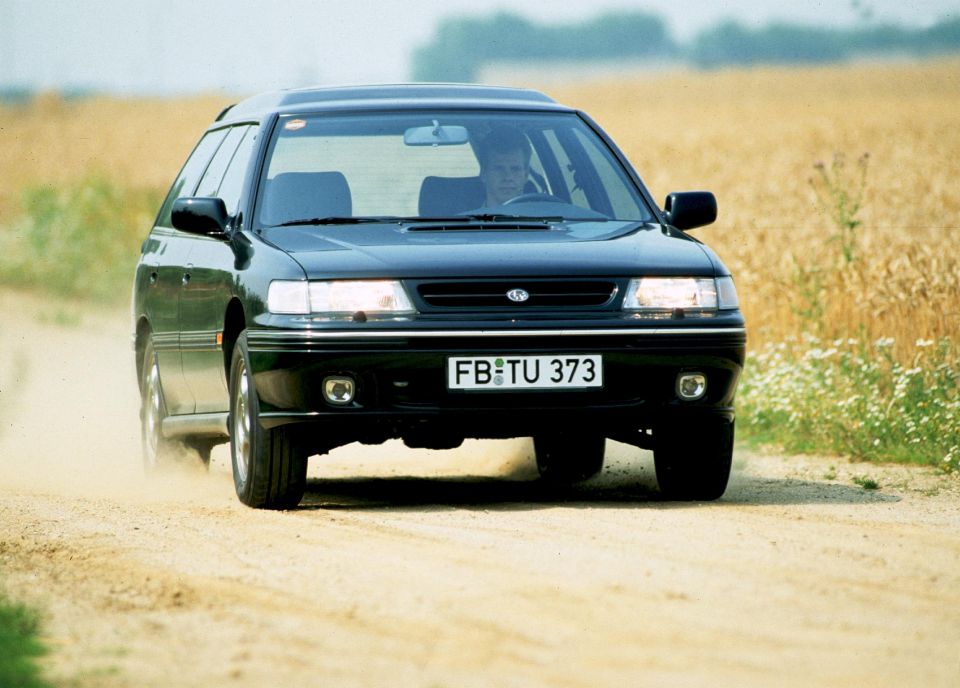
The first-generation Liberty represented the start of a new era for Subaru. Aimed at the Honda Accord and Toyota Camry in the USA, it debuted a new EJ20 boxer engine, a new styling direction, and a significant departure from Subaru’s long history of offbeat cars aimed at the Japanese domestic market.
The spare tyre was moved from behind the engine, the wheels were secured with five nuts instead of four, and the badge was redesigned compared with what had come before from Subaru. It also packed a number of features usually reserved for more expensive cars at the time, such as power windows and central locking.
Subaru offered a sophisticated anti-lock braking system as an option, along with air suspension capable of automatically lowering the ride at 80km/h.
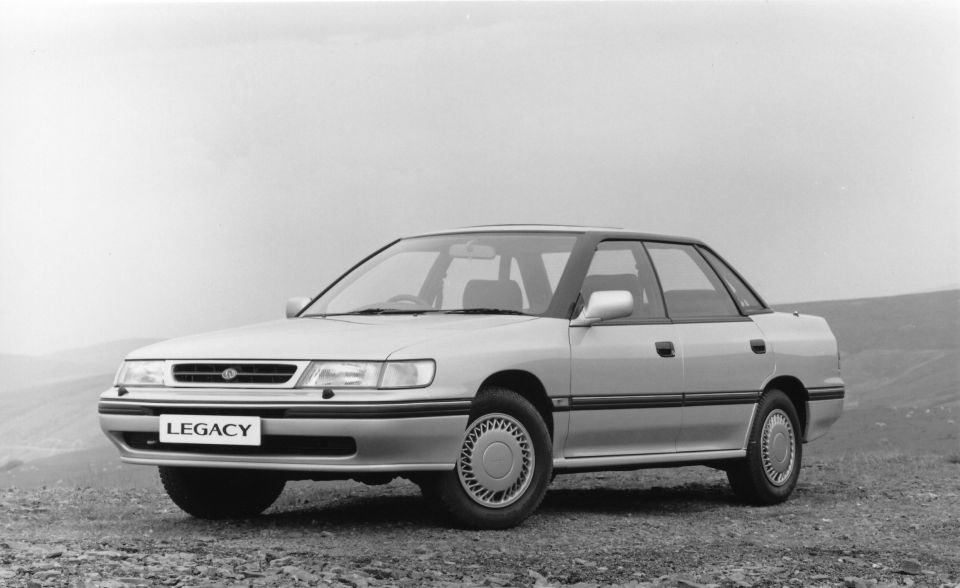
Although Subaru’s reputation has been built on the back of all-wheel drive traction, the Liberty was actually front-wheel drive as standard in Japan at launch, with all-wheel drive an optional extra. Front-wheel drive was available in Australia, although finding a front driver might be tough in 2020.
The first performance Liberty was the first-generation RS, which blended all-wheel drive traction with a turbocharged version of the 2.0-litre boxer engine from the standard car. With 162kW of power and 270Nm of torque, it went on to power the Impreza WRX as well.
Not that the WRX is the only Subaru to see success in the world of rallying. The first-generation Liberty was a capable racer, although it only ever won a single World Rally Championship event.
Sedan and wagon bodies were offered, and the car’s frameless windows would carry on as a design feature until they were finally killed on the American-focused fifth-generation model.
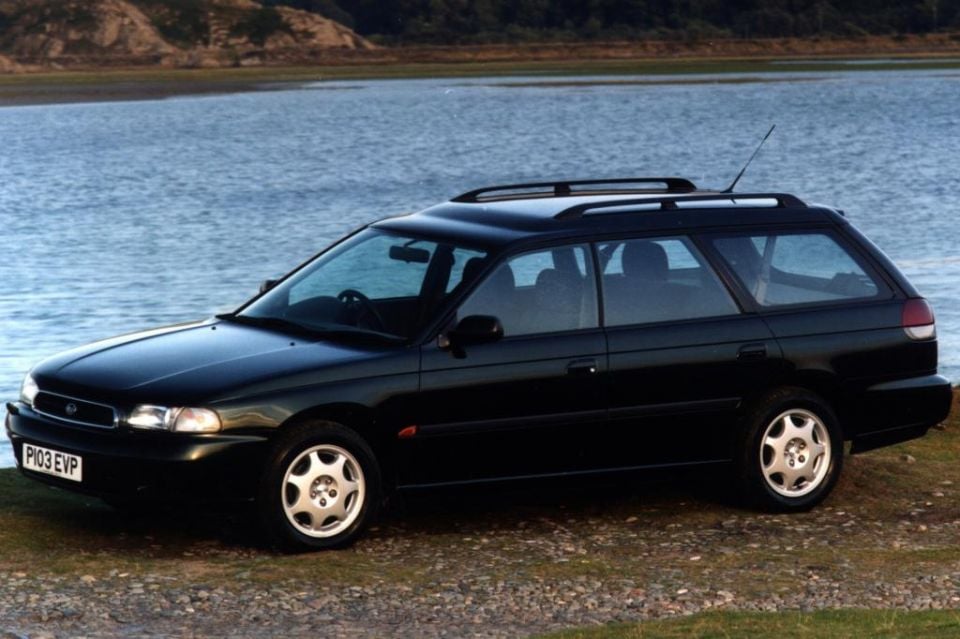
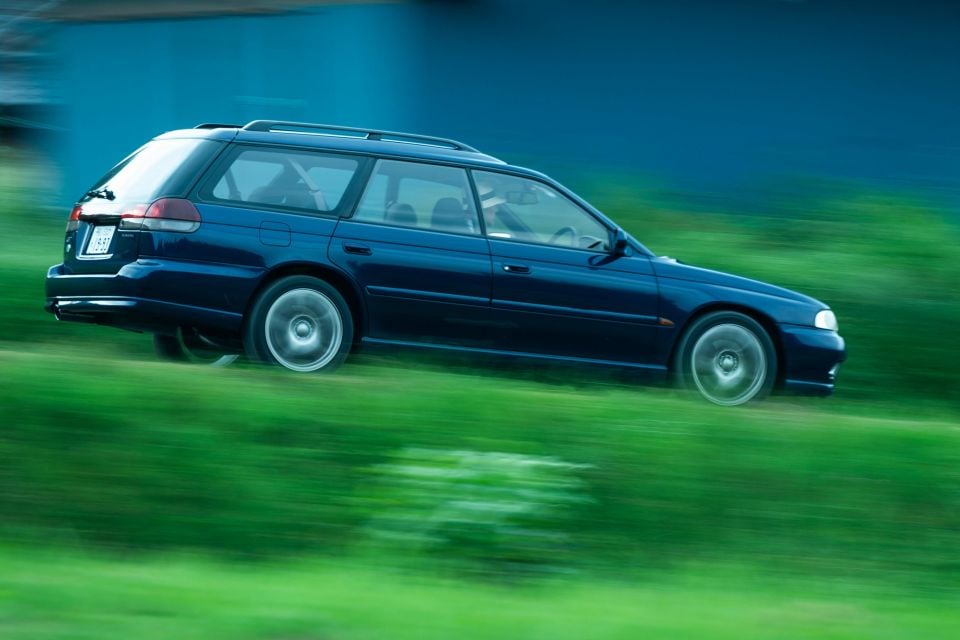
The second-generation Liberty didn’t see any drastic changes to the classic Subaru formula, with a Boxer engine up front, all-wheel drive, frameless windows, and a choice of wagon and sedan bodies.
Base models in Australia were powered by a 2.2-litre naturally-aspirated boxer engine, and were front-wheel drive.
The styling was more modern, with a linked light bar at the rear and the Subaru name spelled out across the boot lid. Apparently it was inspired by the ill-fated SVX sports car, but it’s a set of design cues that would be very on-trend in 2020.

Was the light bar on the Porsche Panamera inspired by the second-generation Liberty? Who are we to say…
The second-generation Liberty was the first to be offered with an Outback variant, known back then as the Liberty Outback, or the Liberty Grand Wagon in Japan. With a raised ride height and tougher-looking cladding, along with the prominent fog lights up front, it set the mould for what remains one of Subaru’s best-selling cars.
Power came from a range of 2.0-litre, 2.2-litre, and 2.5-litre boxer engines globally, put to the road through a choice of four-speed automatic or five-speed manual transmissions.
A raft of hotter models were offered in Japan, including a GT with a sequential twin-turbocharged four-cylinder engine.
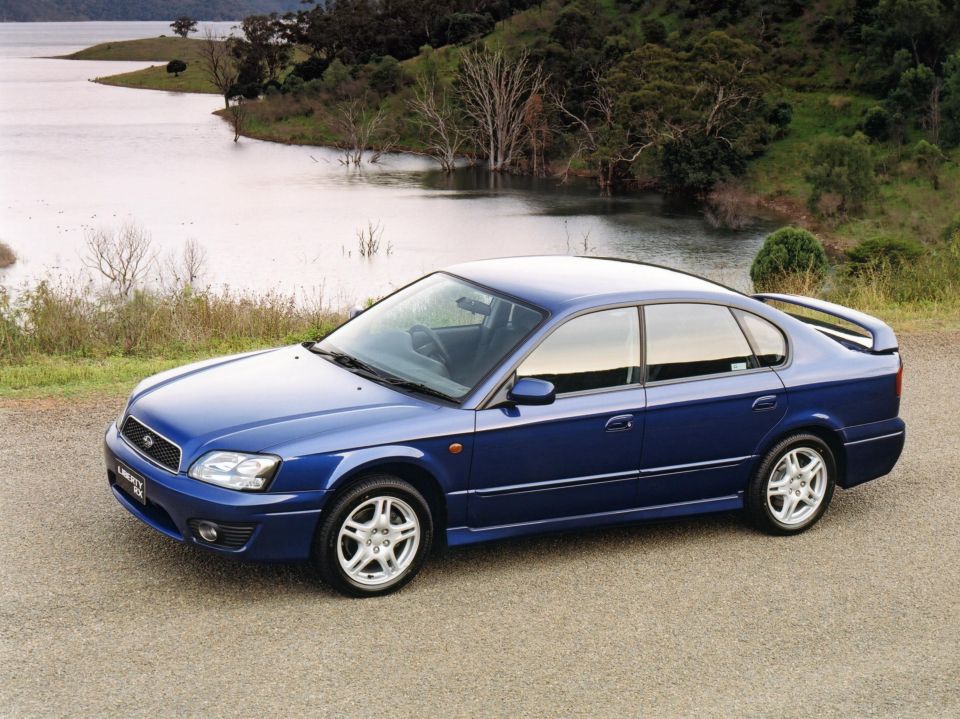
The year was 1999, the turn of the millennium was right around the corner, and the Liberty had a growth spurt. The frameless windows carried on, as did the linked light bar at the rear, but the interior took a step upmarket and Subaru expanded the range of performance options.
Along with the base 2.0-litre and more powerful 2.5-litre boxer engines, the third-generation Liberty was available with a twin-turbocharged 2.0-litre four-cylinder boxer in the B4, making 190kW and 320Nm when paired with a five-speed manual transmission.
The 100km/h sprint was dispatched in 6.5 seconds, which is still warm-to-hot hatch fast in 2020, and impressive for a family sedan in the early 2000s.

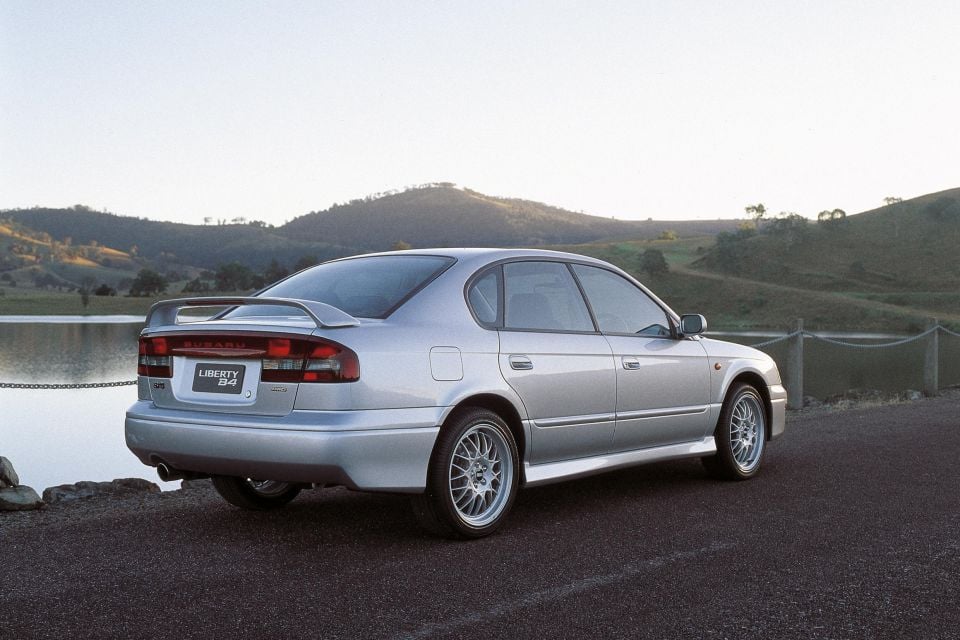
Depending on your perspective, it was either a performance bargain or wildly overpriced Japanese garbage. With a price tag above $55,000 when it left the market in 2002 it was significantly cheaper than the equivalent BMW 3 Series, but priced $5000 higher than a Holden Commodore SS.
With the Impreza WRX on hand to please rally wannabes and ram raiders, the Liberty B4 – and the wider Liberty range, for that matter – was pitched as a more grown up, more European member of the Subaru line-up.
Australia missed out on the 3.0-litre six-cylinder engine offered in other markets in the regular Liberty wagon and sedan, although it was available in the higher-riding Outback wagon.
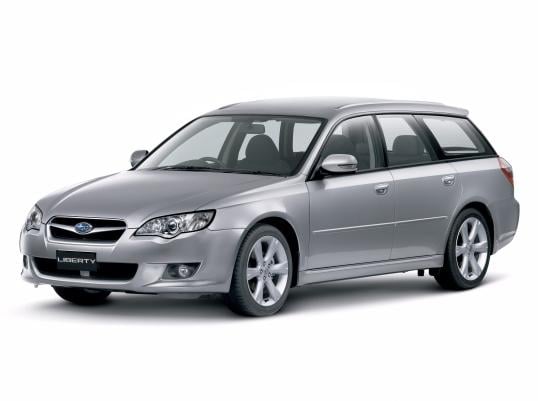
Ask a car enthusiast which Liberty they most miss and it’s likely they’ll point to the fourth-generation model. Built on an all-new platform, and sporting what arguably remains the most cohesive design in Subaru history, the fourth-generation Liberty signalled the start of a short-lived premium push.
Base models didn’t mess too much with the formula. Power in the regular Liberty came from a naturally-aspirated 2.0-litre boxer, mated with a choice of five-speed manual or (dated) four-speed automatic transmission, but a more powerful 2.0-litre turbocharged Liberty GT was offered alongside the flagship Liberty 3.0R and its six-cylinder boxer engine.


With 180kW and 297Nm on tap, the 3.0R manual would sprint to 100km/h in just 6.9 seconds. But it was outpointed by the smaller-displacement GT, which had the same power output and 13Nm more than the 3.0-litre in pre-facelift guise.
The GT picked up a 2.5-litre turbocharged engine with 184kW and 339Nm at the mid-life facelift, while the standard bonnet scoop made it 47 per cent more likely to win traffic light drag races.
I owned an atmo 2007 2.5-litre, but lusted after the 3.0-litre. Not only did it have more power than my gutless wagon, the five-speed transmission was swapped for a six-speeder, and the interior made a decent fist of taking on the European establishment with a more upmarket design and materials. And don’t get me started on those oh-so-sexy alloy wheels.
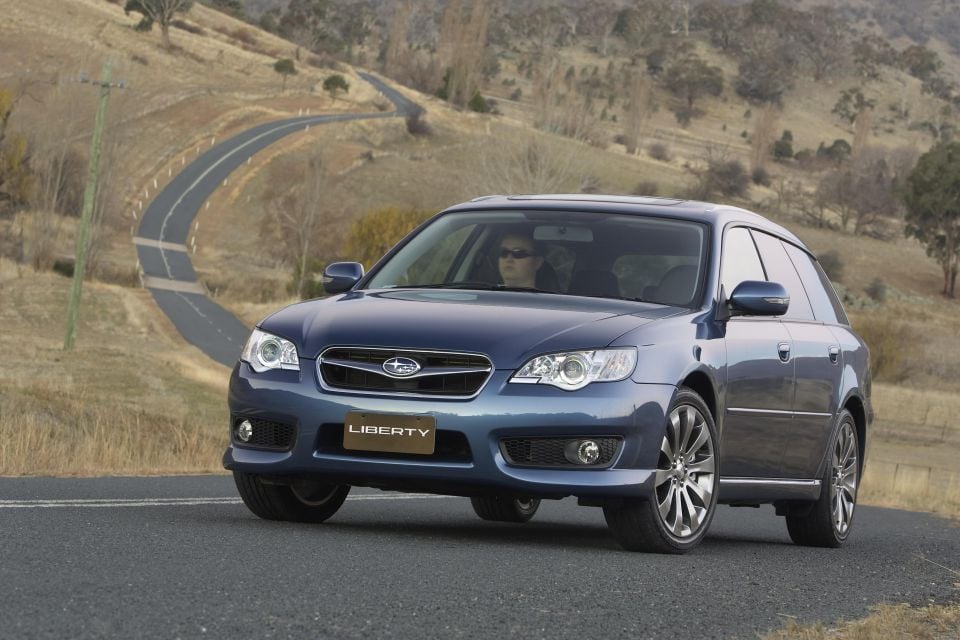
Manual owners will recognise this as the last Liberty to feature a low-range lever on the transmission tunnel. It was also the last to feature frameless windows.
When the fourth-generation car died, the classic silhouette carried over from the first-generation model died with it.
As for my Liberty? I sold it to a man called Mario, who arrived with his dad, Mario, to inspect the car.
“Ah, you must be Mario. Nice to meet you,” I said as he walked up the driveway.
“No, you’ve been speaking to my son, Mario. I’m his father, Mario,” he said.
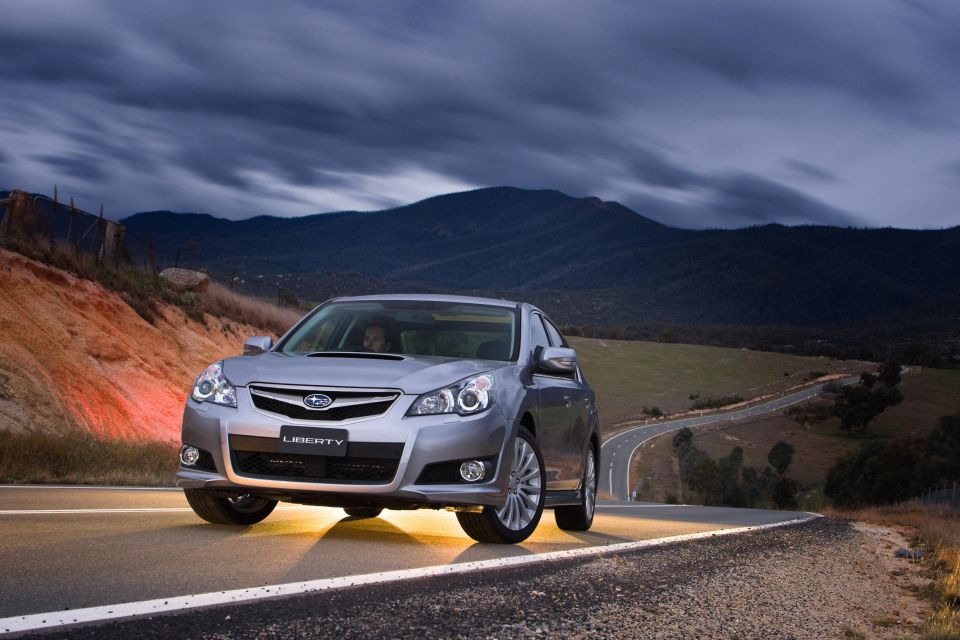
The fifth-generation Liberty represented the end of an era for Subaru. The frameless windows were ditched, as were the European dimensions and focus on handling.
The reason? A renewed focus on conquering the United States, where size matters more than arguably anywhere else in the world.
At 4745mm long, 1780mm wide and 1505mm tall, with a 2750mm wheelbase, the fifth-generation car was 80mm longer, 50mm wider, 80mm taller, and packed 80mm more space between the wheels.
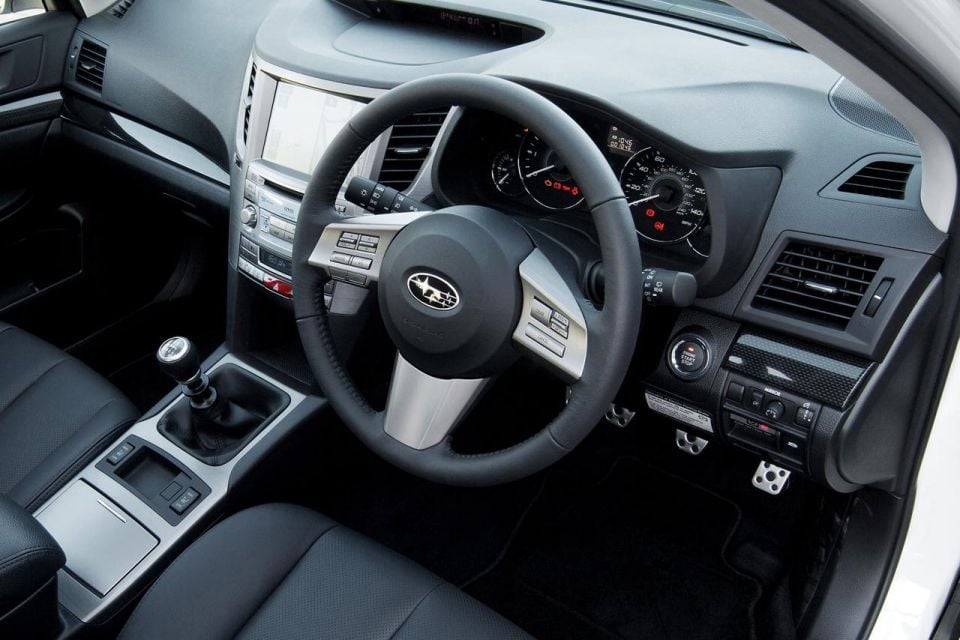
Inside, the Liberty debuted a new touchscreen infotainment system for Subaru, and later in life picked up the first iteration of the EyeSight active safety suite now standard fare across the brand’s line-up.
It wasn’t all change, though. Power still came from, you guessed, it a 2.5-litre naturally-aspirated boxer engine in base models, this time mated to a choice of manual or continuously-variable transmission.
The bonnet-scooped GT drew on a turbocharged 2.5-litre boxer with 195kW of power and 350Nm of torque, while the range-topping engine became a 3.6-litre six-cylinder.
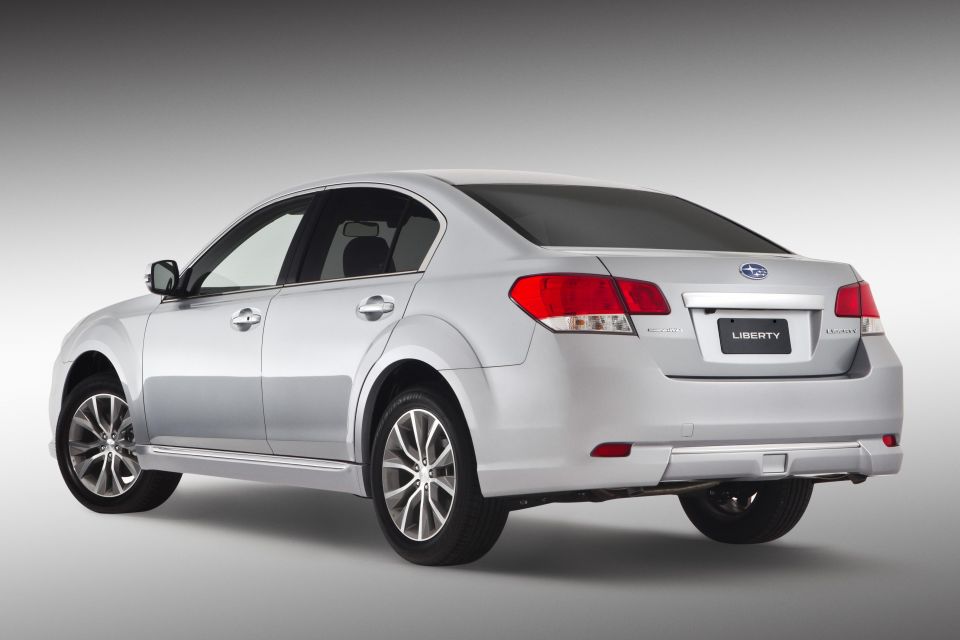
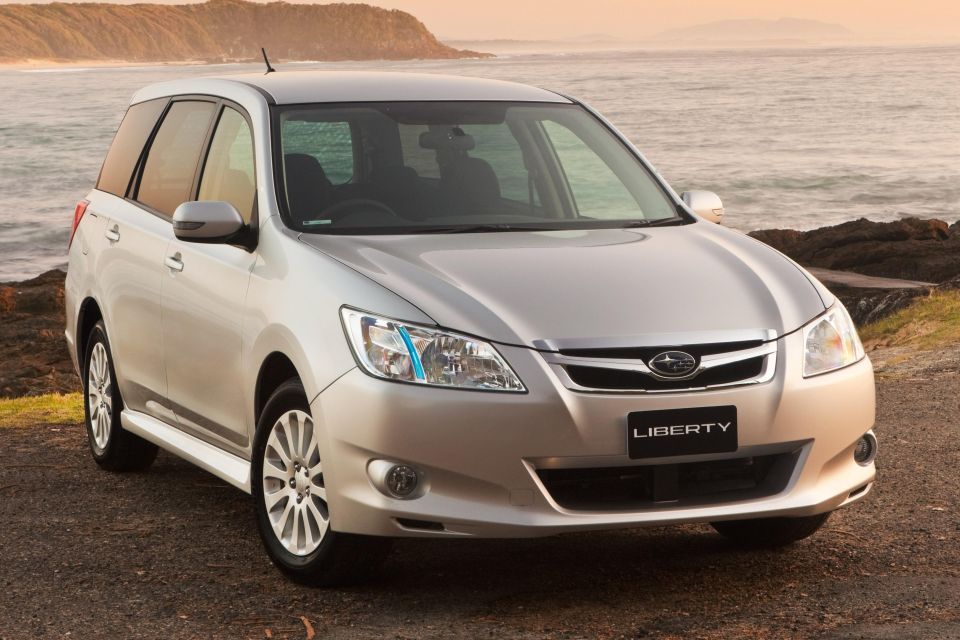
This was the last time we’d get a Liberty wagon Down Under, and represented a high point for low-volume Liberty spin-offs. Along with the seven-seat Exiga wagon, Subaru offered a higher-riding Liberty X for people who wanted an SUV driving position, but a sedan body.
Suffice it to say, neither set the sales charts alight.
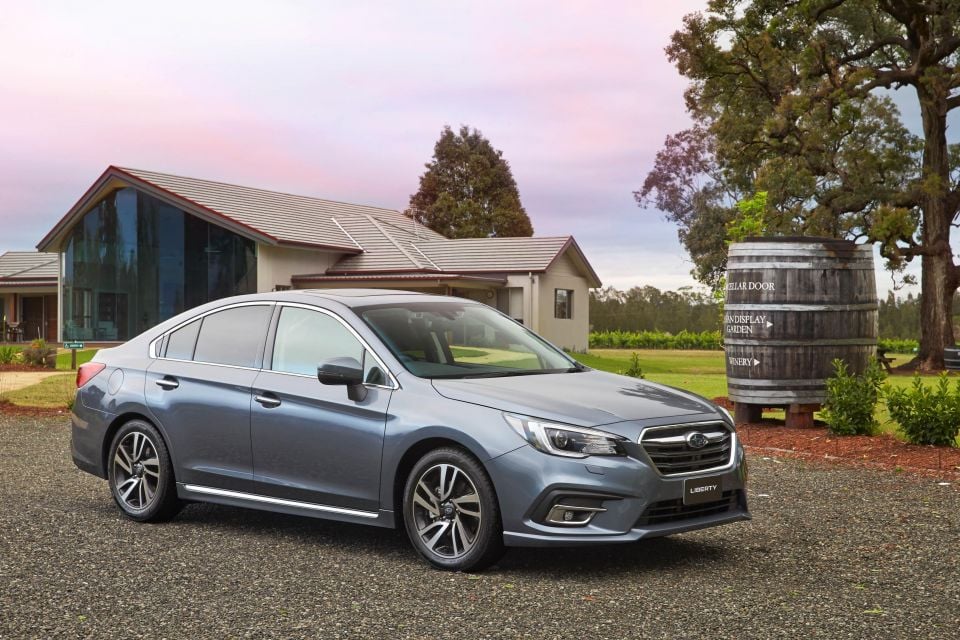
Evolution, not revolution, was the order of the day for the sixth-generation Liberty. The exterior design presented a smoother, more refined take on the hawkish face of the fifth-generation car, and the cabin built on the foundations of the car it replaced with a far better infotainment system.
Subaru carried over the engines at the bottom and top end of the range with near-identical power outputs, but the turbocharged GT was axed, meaning you could no longer buy the Liberty with a bonnet scoop.
The worldwide bonnet scoop recession is something we’ll address at a later date, but rest assured we’re aware of it, and just as scared as you are.
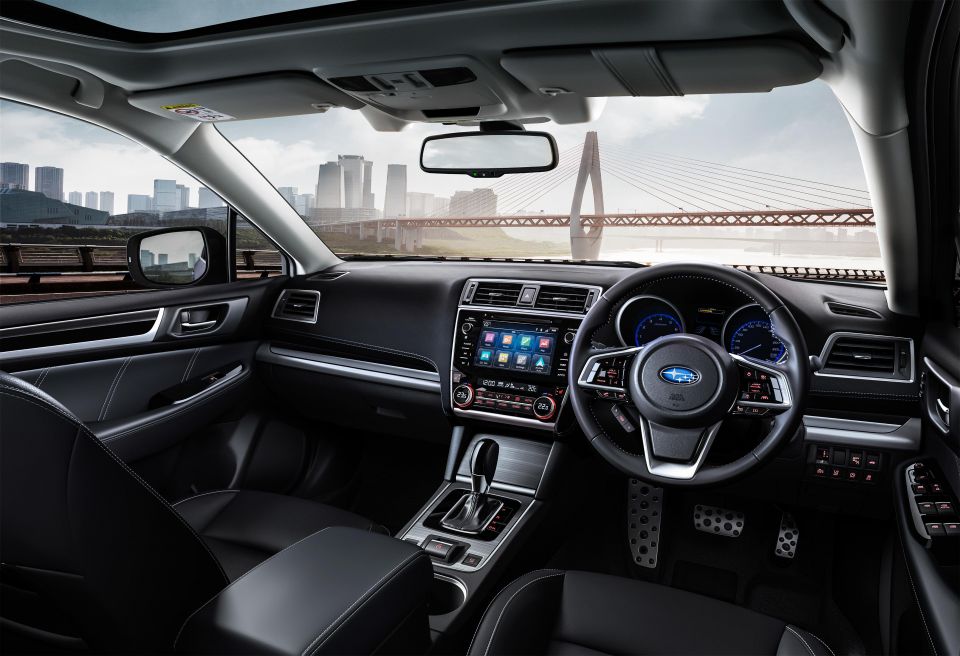
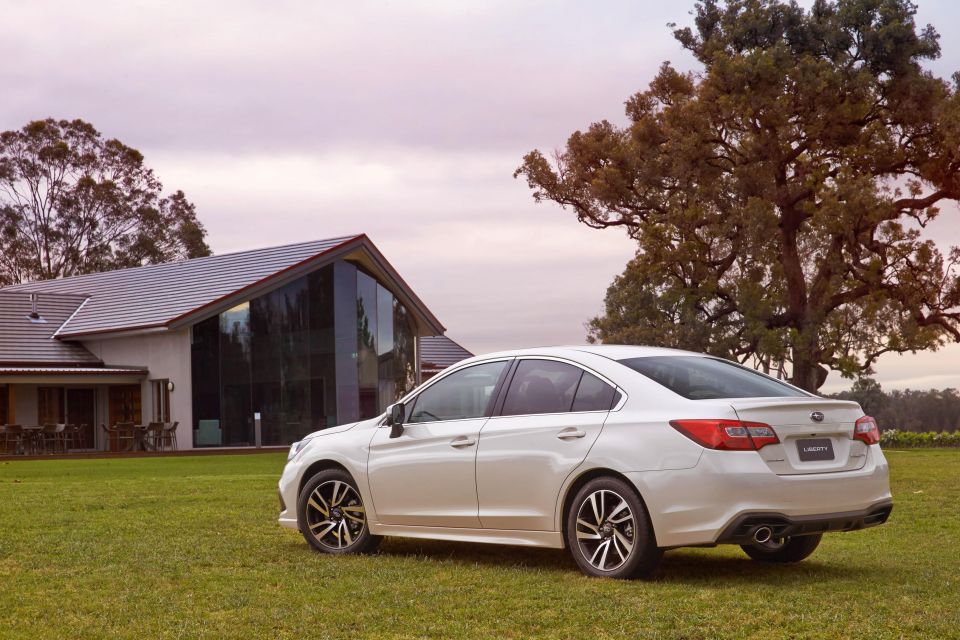
With sales of sedans dwindling, the Liberty’s role in the Subaru range diminished rapidly as the Outback and Forester’s popularity rose. You can chart its decline in the table below:
| Liberty | Outback | Forester | |
|---|---|---|---|
| 2013 | 2613 | 3934 | 13,649 |
| 2014 | 1041 | 2457 | 13,670 |
| 2015 | 4097 | 10,927 | 12,029 |
| 2016 | 3495 | 12,207 | 13,407 |
| 2017 | 2023 | 11,340 | 12,474 |
| 2018 | 1595 | 10,378 | 12,432 |
| 2019 | 1344 | 7210 | 15,096 |
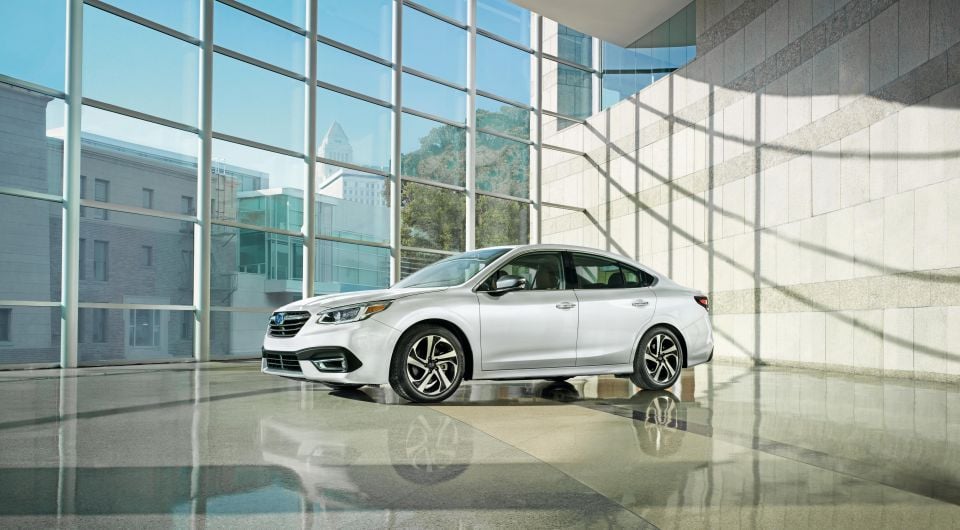
Subaru is only making the seventh-generation Liberty in the USA, for the USA. Not even Japan will be getting the car, which demonstrates just how important the American market is to the brand.
It looks like a subtle evolution of the car before it, but the most recent Liberty – or should we say Legacy – is built on an all-new global platform, and is powered by a 2.4-litre turbocharged boxer engine at the top of the range, shared with the eight-seat Ascent SUV.
The cabin adopts a vertical touchscreen infotainment system, shared with the Outback set to come to Australia.
What’s your favourite Subaru Liberty generation, and have you owned any?
Where expert car reviews meet expert car buying – CarExpert gives you trusted advice, personalised service and real savings on your next new car.
Scott Collie is an automotive journalist based in Melbourne, Australia. Scott studied journalism at RMIT University and, after a lifelong obsession with everything automotive, started covering the car industry shortly afterwards. He has a passion for travel, and is an avid Melbourne Demons supporter.


Max Davies
24 Minutes Ago


William Stopford
25 Minutes Ago


Derek Fung
55 Minutes Ago


Max Davies
8 Hours Ago


William Stopford
1 Day Ago


Ben Zachariah
1 Day Ago